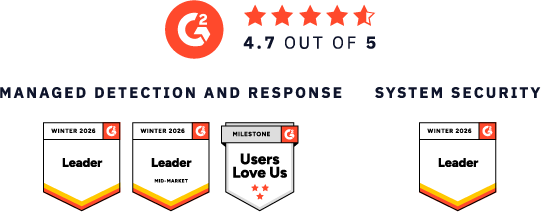Using the MITRE ATT&CK® Framework to Reduce Cyber Risk
We recommend leveraging the MITRE ATT&CK® framework as an operational and tactical roadmap to determine where to apply your security capabilities and build a resilient security operation.
By incorporating the MITRE ATT&CK® framework into your cyber risk management program, you can identify the gaps and vulnerabilities specific to your business, and build the case for making a cybersecurity investment to your executive leaders and the board.
What is the MITRE ATT&CK® Framework?
The ATT&CK framework is a curated knowledge base and model for cyber adversary behavior that reflects the phases of an adversary’s attack lifecycle and the platforms they are known to target. The tactics, techniques, and procedures (TTPs) are derived from real-world observations of cyberattackers.

MITRE ATT&CK® Framework Tool
Try this tool to learn the top tactics and techniques used in cyberattacks that our Elite Threat Hunters and SOC Cyber Analysts have contained and remediated on our customers’ behalf. For each tactic, our threat researchers provide recommendations on how to improve your cybersecurity program and detail how eSentire can help protect your organization.
TRY THE TOOL

